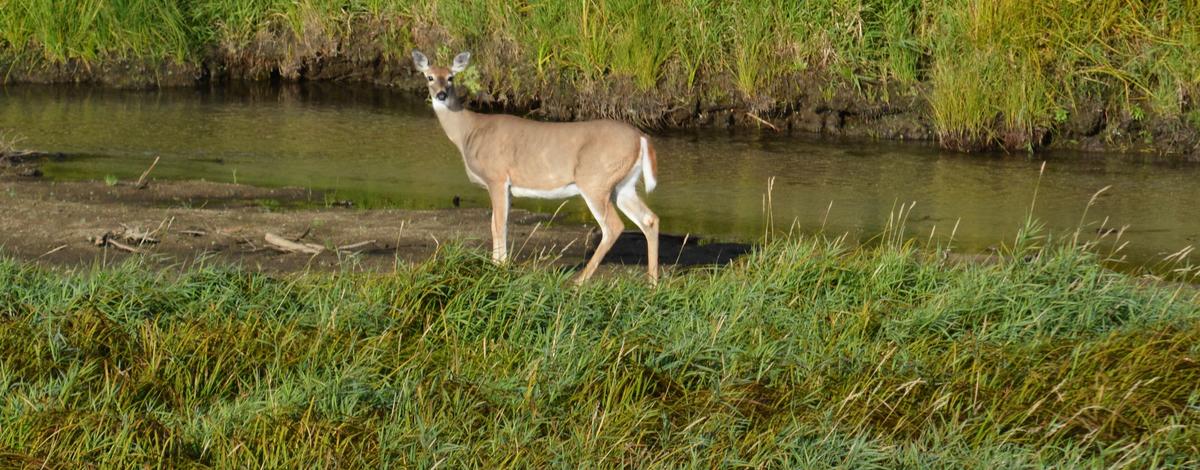Multiple samples collected from dead deer in the Panhandle have tested positive for epizootic hemorrhagic disease.
The diseased deer were recently discovered in big game units 2 and 5 in the Plummer, Coeur d’Alene and Rathdrum areas. Fish and Game has also received reports of dead deer in locations ranging from the Bonners Ferry area down to Plummer.
It is difficult to estimate how many deer are being affected, but the number of reports received is currently less than 30. Fish and Game staff will continue to monitor the situation in the weeks ahead, but it is expected that deaths will continue until temperatures drop below freezing to kill the biting gnats that transmit the disease.
What it is
Hemorrhagic disease outbreaks occasionally occur in the Clearwater and Panhandle regions, typically during hot, dry summers like what we experienced this year.
The disease is spread by the bites of a small gnat, commonly known as “no-see-ums”, which reproduce in warm, stagnant pools of water. This summer’s hot, dry conditions proved to be ideal for the gnats to experience a population boom, creating the perfect storm of an abundance of gnats at water sources where deer congregated to stay hydrated.
Fish and Game biologists in the Clearwater Region have been closely monitoring large numbers of white-tailed deer deaths from hemorrhagic disease near Kamiah since early-August. You can learn more about that situation in the Aug. 31 update, which contains helpful FAQs on hemorrhagic disease.
For more information on epizootic hemorrhagic disease, click here, and check out the video below.
FAQs
Q: What are clinical signs of EHD in deer?
A: Clinical signs include sluggishness, difficulty breathing and swelling of the head, neck and tongue. Ulcers or erosions of the tongue or gums may be present. Internal lesions include swelling and fluid accumulation in the lungs, ulcers in the abdomen and hemorrhages on the heart and intestines. Animals with chronic EHD can have abnormal hoof growth, hoof sloughing and sometimes are emaciated. Infected deer can also lose their appetite, become weak, can have bloody diarrhea, and show excessive salivation. They develop a rapid pulse and respiration rate along with fever, which is why they are frequently found lying in bodies of water to reduce their body temperature.
Q: Can EHD be spread to humans or pets?
A: Humans and domestic pets such as dogs and cats cannot be infected with EHD disease. White-tailed deer are particularly susceptible, but it can affect mule deer. Cattle and sheep can be exposed to the virus, but they rarely exhibit clinical signs to the varieties of EHD that typically affect wildlife.
Q: Is the meat of an EHD infected deer safe to eat?
A: Our veterinary staff never recommends eating an animal with a fever and a widespread systemic infection. Deer that survive an EHD infection are safe to eat. These animals may exhibit a dark, gritty liver. Our veterinary staff always recommends thoroughly cooking all game meat.
For more FAQs, click here.
How you can help
Fish and Game is asking anyone who sees a sick or dead deer to contact the Panhandle Regional office at (208) 769-1414 or report sick or dead deer on our Wildlife Health reporting page.
Your reports play an important role in helping document the extent of the effects of EHD on white-tailed deer in the Panhandle.
Follow us on the Panhandle Region Facebook page for regular updates and news.

